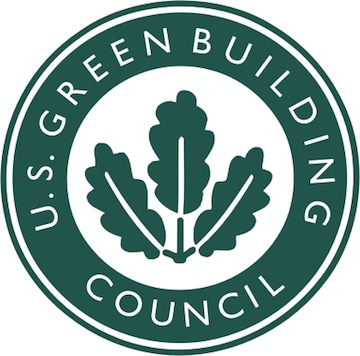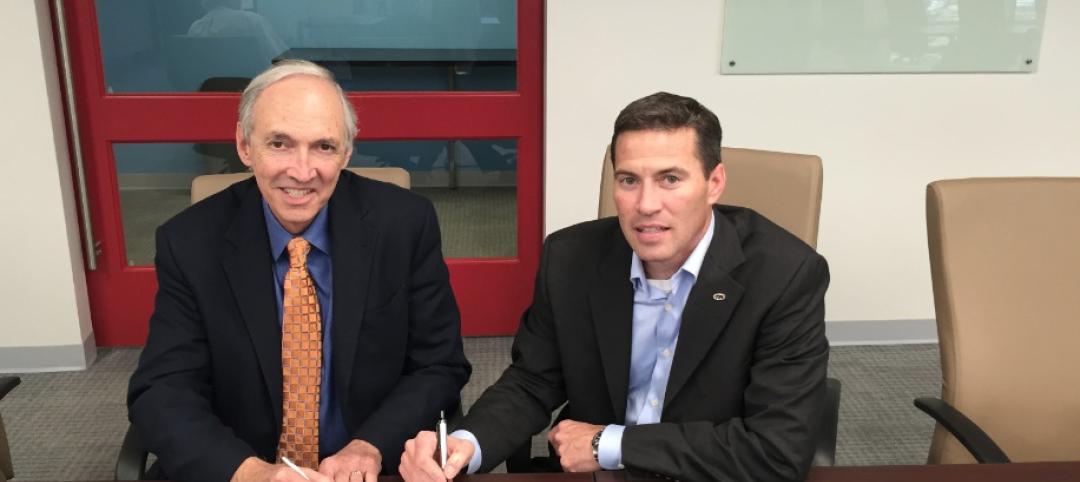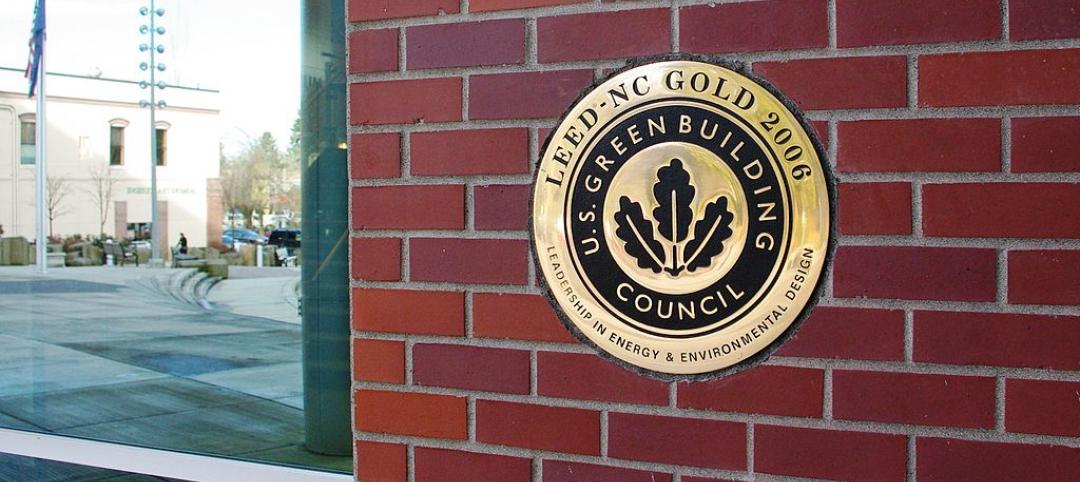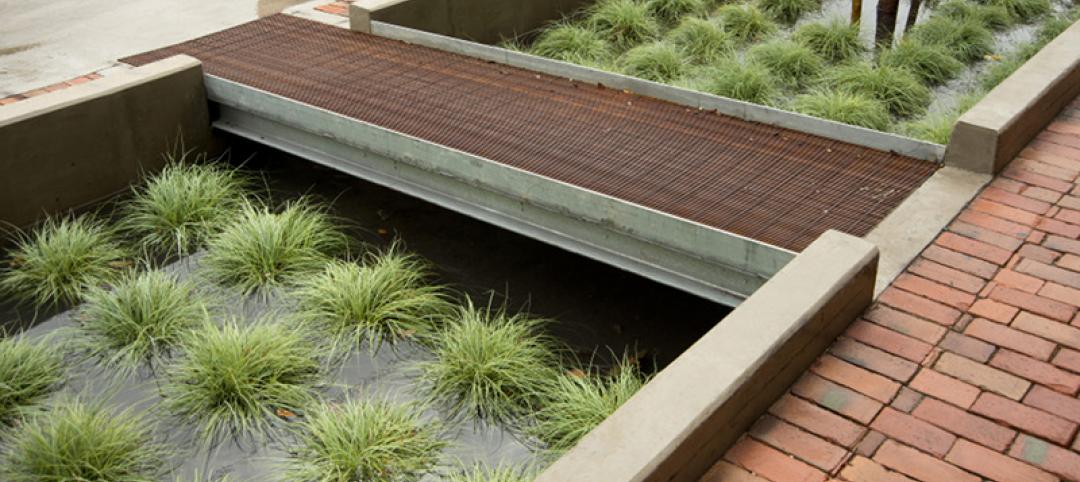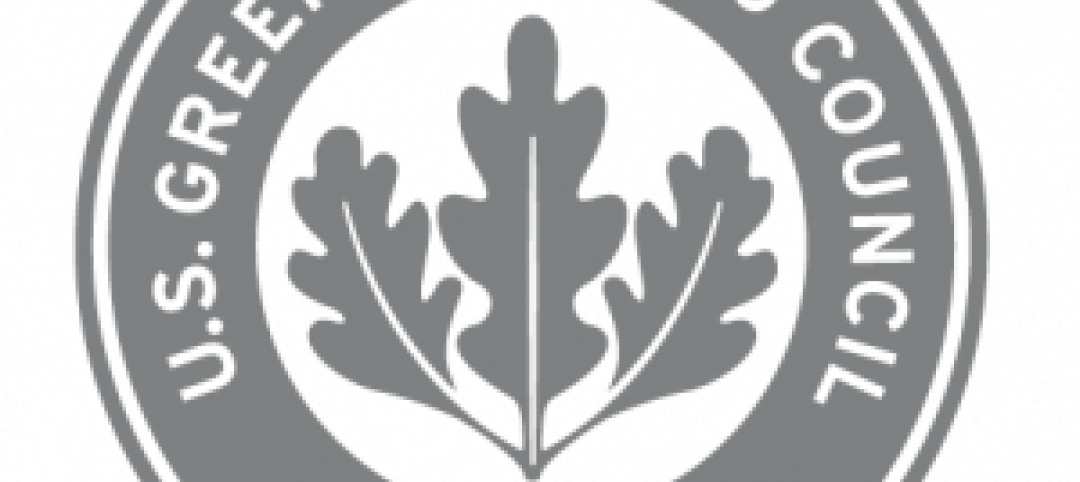The U.S. Green Building Council (USGBC) has released its annual list of the top 10 states for new LEED certifications in 2012, highlighting those regions that are transforming buildings and communities across the country.
The per-capita list is based on 2010 U.S. Census data and includes commercial and institutional buildings certified under LEED, through which approximately 2.2 billion sf has been certified worldwide through 2012.
"Securing a spot on this list is a remarkable achievement for everyone involved in the green building movement in these states," said Rick Fedrizzi, president, CEO and founding chair, USGBC. "From architects and designers to local chapter advocates, their collective efforts have brought sustainable building design and use to the forefront of the national discussion on the environment, and I applaud their efforts to create a healthier present and future for the people of their states."
Once again, the District of Columbia tops the ranking, with 36.97 sf of LEED space certified per resident in 2012.
Meanwhile, Virginia moved into position as the top state, with 3.71 sf certified per resident in 2012, overtaking Colorado, with 2.10 sf certified per person.
Other top states include Massachusetts, which moved up three positions from 2011, with 2.05 sf per person; Illinois, with 1.94 sf; and Maryland, with 1.90 sf of LEED space certified per resident in 2012.
Reflecting the ongoing trend of LEED existing buildings outpacing their newly built counterparts, in 2012 the LEED for Existing Buildings: Operations & Maintenance rating system accounted for 53% of total sf certified in these states, compared to 32% certified under LEED for New Construction.
The full ranking, which includes 10 states plus Washington, D.C., is as follows:
|
Rank |
State |
Projects certified in 2012 |
Square feet of LEED space certified in 2012 |
Per-capita square footage |
|
1 |
District of Columbia |
110 |
22,246,445 |
36.97 |
|
2 |
Virginia |
170 |
29,709,574 |
3.71 |
|
3 |
Colorado |
99 |
10,553,881 |
2.10 |
|
4 |
Massachusetts |
106 |
13,395,597 |
2.05 |
|
5 |
Illinois |
156 |
24,949,997 |
1.94 |
|
6 |
Maryland |
127 |
10,954,324 |
1.90 |
|
7 |
New York |
214 |
34,378,286 |
1.77 |
|
8 |
Washington |
133 |
10,521,177 |
1.56 |
|
9 |
California |
540 |
54,252,993 |
1.46 |
|
10 |
Texas |
224 |
36,017,979 |
1.43 |
|
11 |
Nevada |
29 |
3,741,941 |
1.39 |
"Buildings are a primary focus of our mayor's Sustainable DC initiative," said Keith Anderson, Interim Director, District of Columbia Department of the Environment. "We are indeed thrilled to be leading the nation in per-capita LEED certified space. Our private and public building sectors are boldly leading with the development of high performing green buildings, and we have aligned governmental policies to support such innovation." +
Related Stories
| Nov 21, 2014
STEP Foundation, Green Building Initiative Team to Promote Building Sustainability
The STEP Foundation, a nonprofit organization dedicated to providing technology industry benchmarks for sustainability practices in the built environment, and the Green Building Initiative, a nonprofit organization committed to accelerating the adoption of sustainable building practices, have signed a Memorandum of Understanding.
| Nov 2, 2014
Top 10 LEED lessons learned from a green building veteran
M+W Group's David Gibney offers his top lessons learned from coordinating dozens of large LEED projects during the past 13 years.
| Oct 30, 2014
CannonDesign releases guide for specifying flooring in healthcare settings
The new report, "Flooring Applications in Healthcare Settings," compares and contrasts different flooring types in the context of parameters such as health and safety impact, design and operational issues, environmental considerations, economics, and product options.
| Oct 29, 2014
Better guidance for appraising green buildings is steadily emerging
The Appraisal Foundation is striving to improve appraisers’ understanding of green valuation.
| Oct 27, 2014
Report estimates 1.2 million people experience LEED-certified retail centers daily
The "LEED In Motion: Retail" report includes USGBC’s conceptualization of the future of retail, emphasizing the economic and social benefit of green building for retailers of all sizes and types.
| Oct 27, 2014
Top 10 green building products for 2015
Among the breakthrough products to make BuildingGreen's annual Top-10 Green Building Products list are halogen-free polyiso insulation and a high-flow-rate biofiltration system.
| Oct 21, 2014
Inside LEED v4: The view from the MEP engineering seats
Much of the spirited discussion around LEED v4 has been centered on the Materials & Resources Credit. At least one voice in the wilderness is shouting for greater attention to another huge change in LEED: the shift to ASHRAE 90.1-2010 as the new reference standard for Energy & Atmosphere prerequisites and credits.
| Oct 16, 2014
Perkins+Will white paper examines alternatives to flame retardant building materials
The white paper includes a list of 193 flame retardants, including 29 discovered in building and household products, 50 found in the indoor environment, and 33 in human blood, milk, and tissues.
| Oct 16, 2014
48 building professionals in 2014 class of LEED fellows
To be selected, LEED Fellows are nominated by their peers, undergo an extensive portfolio review, must have at least 10 years of experience in the green building industry and hold a LEED AP with specialty credential, among other requirements.
| Oct 15, 2014
Harvard launches ‘design-centric’ center for green buildings and cities
The impetus behind Harvard's Center for Green Buildings and Cities is what the design school’s dean, Mohsen Mostafavi, describes as a “rapidly urbanizing global economy,” in which cities are building new structures “on a massive scale.”


